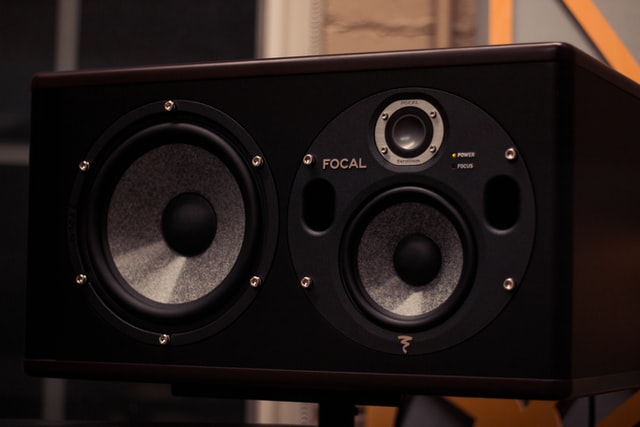How to test the frequency response in subwoofer here we go.There are a few different methods for testing the frequency response of a subwoofer, and the one you choose should depend on you and your available funds.
If you are a hobbyist installing a sub woofers in a home theater setting, you can easily download any low-frequency swept tone files that range from approximately 10-20 Hz to around 200 Hz. Then, you can measure the sub’s output using a sound pressure level meter at the seating position.
It is the measurement that is the least accurate, but it does take into account the nodes (reinforcements) and antinodes (cancellations) that are caused by the dimensions of the room; it is an accurate measurement of what you’ll experience (sub+room), so you can change the location of the sub to optimize the total response.
Read Also: Top 5 Best Soundbar Without Subwoofers To Buy From Amazon
Suppose you want to measure the subwoofer’s response in isolation. You can use the same swept tones and perform a near field measurement by placing the SPL meter (or measurement microphone) against the woofer’s diaphragm and measuring the response. Additionally, if the box is ported, you should take a separate measurement at the port opening and then combine the results of the two response measurements.
Read Also: Best Subwoofer Box for Deep Bass
In professional applications, response measurements are typically made with an MLS (Maximum Length Sequence) system, which gives a burst of pink or white noise as the source. The captured output is then analyzed and time-windowed to remove the effects of room acoustics or other interferences. This method is typical in professional applications.
How exactly does one go about determining a speaker’s frequency response?
How to Test the Frequency Response in Subwoofer here we go with the answer for you. The frequency response of a loudspeaker should ideally be measured in an anechoic chamber using a sine wave signal that is gently swept through the audible frequency range of 20 Hz to 20 kHz.
This measurement should be done with the loudspeaker being tested. After that, the output will be recorded by a microphone that has been positioned in the far-field of the loudspeaker on an axis that is favored.












